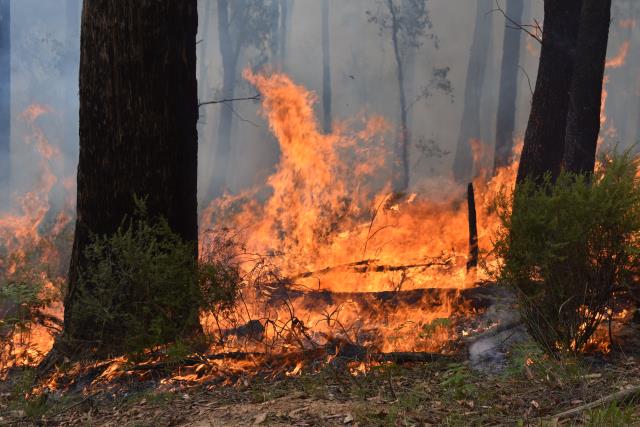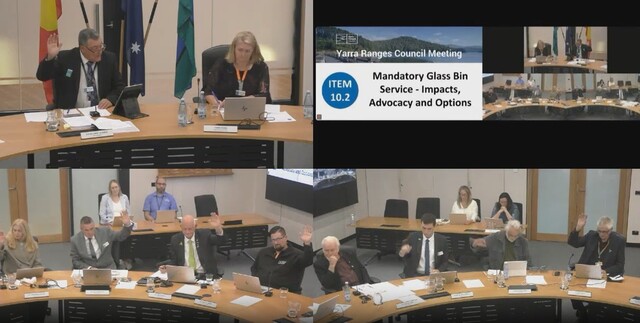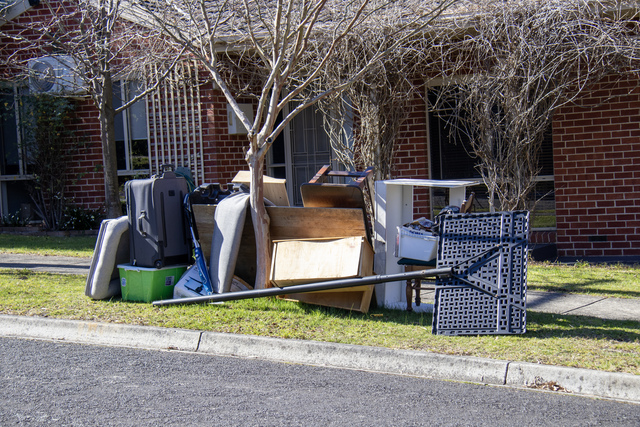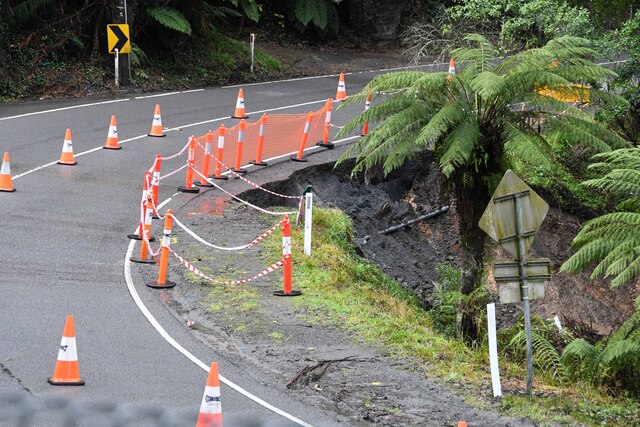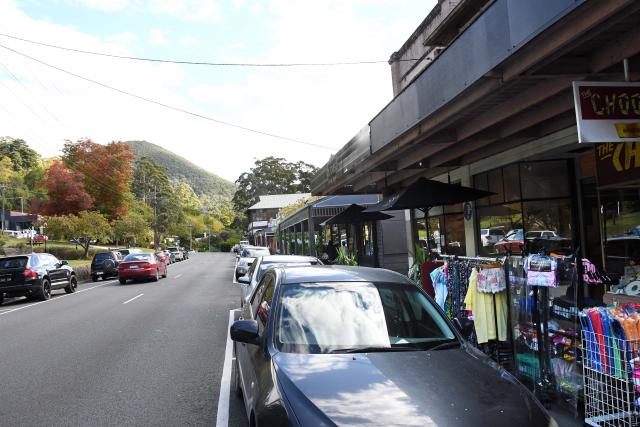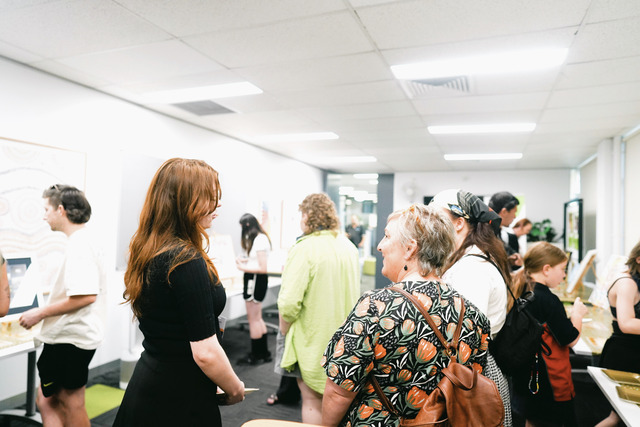With the Yarra Valley and the Dandenong Ranges entering a Fire Danger Period from Monday 30 January, and the region being one of the most fire-prone in the world, it is important to be prepared in case of a bushfire.
Deputy Chief Fire Officer Forest Fire Management Port Phillip Tamara Beckett said now is the best time to understand your fire risk and get prepared, not when a fire starts.
“It’s important to prepare your property, but you also need to prepare yourself,” she said.
“Have a plan, check the Fire Danger Rating for your area every day and know which Fire Danger Rating is your trigger to enact your plan.”
CFA District 13 Assistant Chief Fire Officer David Renkin said the challenges in the community can be varied based on whether they live in an urban or forested area.
“People living in the interface areas that have some forested area or long grass, there are more challenges than what we’d find through some of the more open community areas in suburbs like Knox,” he said.
“The risk is diminished a little bit in that sort of area compared to what we see up through the Yarra Valley and Dandenong Ranges.”
The CFA has published resources to prepare for fires and inform people of the risks involved during fire season, which can be found at cfa.vic.gov.au/plan-prepare. Other emergency information can be found on the VicEmergency app, ememergency.vic.gov.au, by tuning in to ABC Radio or other emergency broadcasts and by phoning the Vic Emergency Hotline on 1800 226 226.
Assistant CFO Renkin said there are already established community fire guard groups throughout the district, which is one way for the community to be prepared.
“We see neighbours and streets get together and establish a bit of a plan on how they’re going to go about reducing the risk for their streets,” he said.
“That includes cleaning out of your gutters, cleaning up the loose fuel foliage that exists on the ground. The more we reduce that, the greater chance we’ve got containing fires.”
Deputy Chief Beckett said you won’t always receive a warning when a fire starts.
“Don’t wait and see. It’s up to you to be prepared, know what to do and take action,” she said.
“With more hot weather on the horizon, make sure to check in on others. Look after those most at risk in the heat: your neighbour living alone, the elderly, the young, people with a medical condition and don’t forget your pets.”
Assistant CFO Renkin said it is important to remain vigilant at all times during the Fire Danger Period.
“Reporting fires as soon as you see them so we can get on top of them as fast and as quickly as we can help us deploy the resources we need to reduce the size before it impacts the community,” he said.
“Hopefully we can come out the back end without anything impacting the communities we can protect.”
Another risk during bushfire season is extreme heat, which kills more Australians than natural disasters.
Ways to combat extreme heat include always taking water with you, never leaving kids, animals or adults in cars as temperatures within a parked car can double within minutes, planning ahead and avoiding exercising in extreme heat and helping those who are most at risk.

